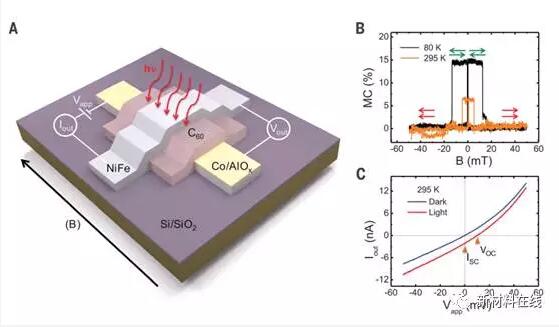Abstract 1. Two-dimensional sp2 carbon conjugated covalent organic framework (Two-dimensional sp2carbon–conjugatedcovalentorganicframeworks)
1. The two-dimensional conjugated sp2 carbon covalent organic frameworks (Two-dimensional sp2 carbon-conjugated covalent organic frameworks)
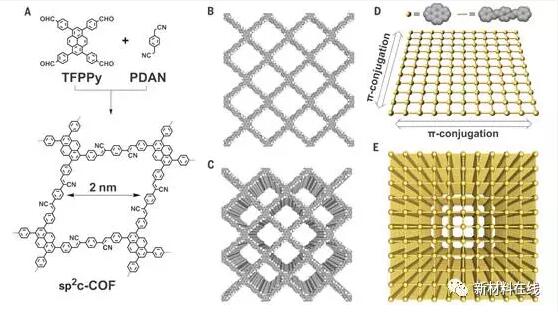
Jin et al. synthesized a two-dimensional (2D) crystalline covalent organic framework (sp2c-COF) designed to be completely π-conjugated and passed through tetrakis(4-formylphenyl)anthracene and 1,4-benzene. All sp2 carbons of the C=C condensation reaction of diacetonitrile were constructed. The C=C bond joins the 芘 junction topologies at regular intervals into a π conjugated 2D lattice extending along the x and y directions and produces a layer frame instead of the conventionally obtained disordered structure. sp2c-COF is a semiconductor with a discrete band gap of 1.9 eV and can be chemically oxidized to increase conductivity by 12 orders of magnitude. The generated free radicals are confined to the tantalum junction, thereby enabling the formation of a paramagnetic carbon structure having a high spin density. The sp2 carbon framework induces a ferromagnetic phase transition to enhance spin coherence and align the spins through the material. (Science DOI: 10.1126/science.aan0202)
2. A molecular spin-photovoltaic device
Sun et al. created a C60 fullerene-based molecular spin photovoltaic device that combines photovoltaic response with spin transmission through a molecular layer. The photovoltaic response can be adjusted with a small magnetic field using up to 5% of the magneto-photovoltaic voltage at room temperature. Device functions include as a magnetic current inverter, and magnetic currents that are divergent at certain illumination levels can be used for the sensor device. Full spin-polarized current can be generated by balancing the outer portion of the spin-polarized implant with the photo-generated carriers. (Science DOI: 10.1126/science.aan5348)
3. All-electric control of donor nuclear spin qubits in silicon

The electron and nuclear spin degrees of freedom of donor impurities in silicon form a supercoherent secondary system that can potentially be used in quantum information applications and is compatible with industrial semiconductor processing. However, since its gyromagnetic ratio is slightly smaller, nuclear spins are more difficult to manipulate than electron spins, and are generally considered too slow for application to quantum information processing. Furthermore, while alternating magnetic fields are the most natural choice for driving spin transitions and implementing quantum gates, they are difficult to spatially limit to the level of a single donor, so other methods need to be developed. In recent years, proposals for all-electric control of donor spin qubits have been proposed, but there have been no reports of experimental demonstrations. Sigillito et al. demonstrated an expandable all-electric method for controlling neutral 31P and 75As donor nuclear spins in silicon. Utilizing a coplanar photonic bandgap resonator, the use of a donor-bound electron as a quantum transducer specifically uses an electric field to drive the Rabi oscillation, which is essentially a recent work based on single-molecule magnets. Electric field constraints bring major advantages such as low power requirements, higher quantum density, and faster gate time. In addition, this approach makes it possible to drive nuclear spin qubits at the resonant frequency or one of its subharmonics, thereby reducing the bandwidth requirements of the device. (Nature Nanotechnology DOI: 10.1038/NNANO.2017.154)
4. Violation of Ohm's law in a Weyl metal in Weyl metal
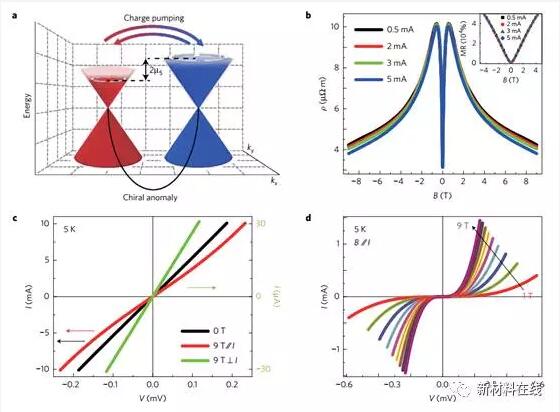
Ohm's law is the basic mode of metal transportation. Any transport feature that violates Ohm's law will give an undisputed mark to the new metal state. Shin et al. found a violation of Ohm's law in the topology of chiral anomalies in the Weyl metal phase. In the Bi0.96Sb0.04 single crystal, a nonlinear IV characteristic occurring only in the electric field (Eâ•‘B) in which the magnetic field is collimated is observed under the diffusion limit. Combined with the Boltzmann transfer theory of the charge pumping effect, they reveal the nonlinear conductivity derived from the topology and derive a general scaling function of the longitudinal permeability, which fully describes the experimental results. As a sign of Weyl metal, nonlinear conductivity provides a place for nonlinear electronics, optical applications, and the development of topological Fermi-liquid theory beyond the Landau Fermi-liquid theory. (Nature Materials DOI: 10.1038/NMAT4965)
5. Bronze-mean hexagonal quasicrystal
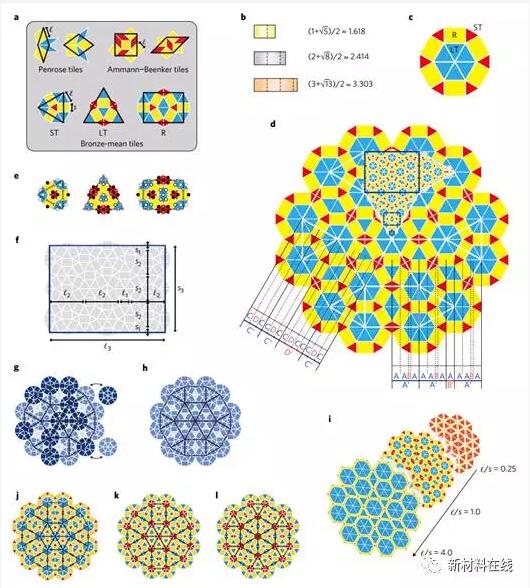
The most striking feature of conventional quasicrystals is their non-traditional symmetry, characterized by icosahedron, dodecagonal, decagon or octagonal axes. The symmetry and aperiodicity of these materials are derived from the unreasonable proportions of two or more length scales that control their structure. The most famous examples are Penrose and Ammann-Beenker tiles, respectively, as two-dimensional associated with gold and silver. model. Surprisingly, no other similar metal spreads have been found so far. Dotera et al. proposed a self-similar bronze hexagonal pattern that can be thought of as a projection of a high-dimensional periodic lattice with a Koch-like snowflake projection window. They used numerical simulations to demonstrate that the disordered variant of this quasicrystal can be realized in soft polymer colloidal particles with a core-shell structure. In addition, they create a continuous sequence of structures by changing the geometry of the pattern. This provides another explanation for the quasi-crystal approximations observed in several metal-silicon alloys. (Nature Materials DOI: 10.1038/NMAT4963)
6. 2D-3D heterogeneous ambient-air-stable solar cells with 2D–3D heterostructured butylammonium-caesium-formamidinium lead halide perovskites

Perovskite solar cells are very efficient; however, they are prone to degradation in water, oxygen and UV environments. Cationic regulation of the 3D perovskite absorber reduces degradation. In addition, 2D Ruddlesden-Popper layered perovskites have also shown improved stability, but efficient solar cells have not yet been realized. Wang et al. introduced n-butylammonium cations into mixed cationic lead mixed halogen FA0.83Cs0.17Pb(IyBr1-y)3 3D perovskite, and observed the formation of two-dimensional perovskite platelets, which were scattered in a highly oriented parallel. The three-dimensional perovskite particles between them inhibit the non-radiative charge recombination. They also studied the relationship between film composition, crystal alignment, and device performance. The solar cell with the best butylammonium content exhibited an average stable power conversion efficiency of 17.5±1.3% for the 1.61-eV bandgap perovskite and 1.58±0.8% for the 1.72-eV band gap perovskite. The stability underneath has also been improved. After 1000 hours in the air, the solar cell's "after aging" efficiency reached 80%, close to sealing for 4000 hours. (Nature Energy DOI: 10.1038/nenergy.2017.135)
7. Flexible shape-memory scaold for minimally invasive delivery of functional tissues
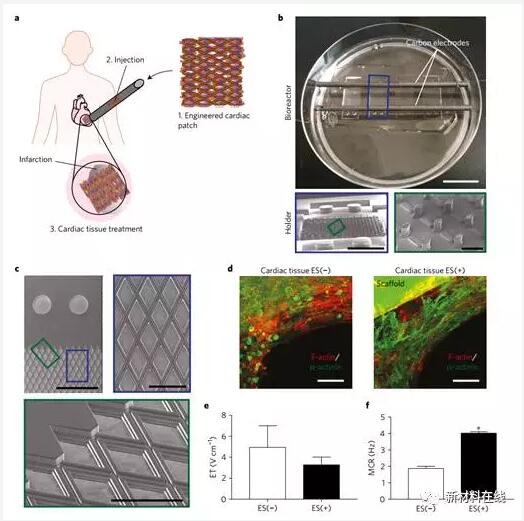
Although great progress has been made in the functional organization of organ repair such as the heart, an invasive surgical approach is still needed for implantation. Montgomery et al. designed a micromanufactured elastic scaffold for functional tissue delivery by injection using a poly(octamethylene maleate (anhydride) citrate). The shape memory function of the stent is achieved by microfabrication of the design lattice. The stent and heart patch (1 cm x 1 cm) were delivered through a well of approximately 1 mm and restored to their original shape after injection without affecting cardiomyocyte viability and function. In a subcutaneous homologous rat model, injection of a heart patch is equivalent to open surgery when compared to vascularization, macrophage aggregation, and cell viability. The patch significantly improved cardiac function after myocardial infarction in rats compared to the untreated control, and achieved successful delivery of human cell-derived patches to the epicardium in a large animal (pig) model. , aorta and liver. (Nature Materials DOI: 10.1038/NMAT4956)
8. The processing and heterostructuring of silk with light (The processing and heterostructuring of silk with light)

Spider silk is a tough, elastic and lightweight biomaterial that lacks the tools that can be used for non-invasive treatment of silk structures. Sidhu et al. demonstrated the interaction of periodic-scale femtosecond pulsed nonlinear multiphotons with spider silk to enable processing and heterostructured materials in ambient air. Two kinds of qualitatively different reactions of low and peak intensity were observed by multiphoton absorption and expansion caused by plasma assisted ablation, respectively. Plasma ablation enables the fabrication of local nano-cuts, microrods, nanoneedles, and periodic patterns with minimal damage while retaining molecular structure. The expansion promotes limited bending and micro-welding of the spider silk with materials such as metal, glass and Kevlar, and can have comparable strength to the original filament. In addition, Raman band analysis of the microweld joints showed that the polypeptide backbone remained intact while disturbing its weak hydrogen bonds. Using this approach, Sidhu et al. created functional topological microstructures based on spider silk, such as Mobiüs belts, chiral helical structures, and spider-based sensors. (Nature Materials DOI: 10.1038/NMAT4942)
We produce art iron fence made of metal tube or low carbon casting products, such as art iron garden fence, iron seat. The
surface of this iron product is shiny, rust-free, non-poisonous, sanitary, environmental friendly, easy to cleanand the installation
is very simple. It is installed at home as a home decoration.
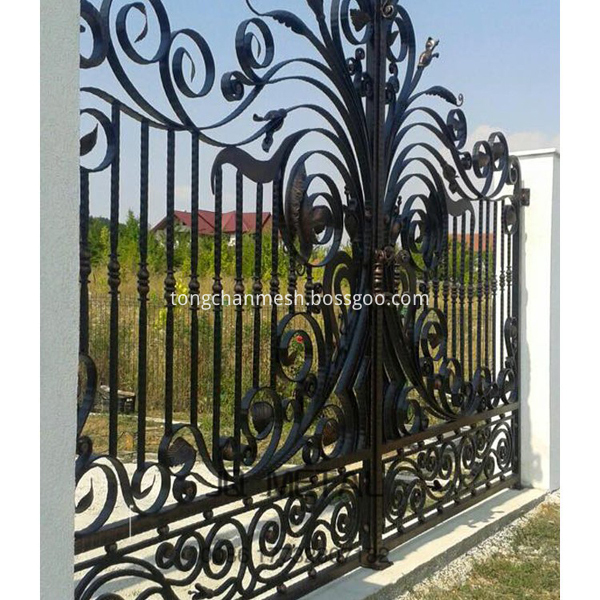
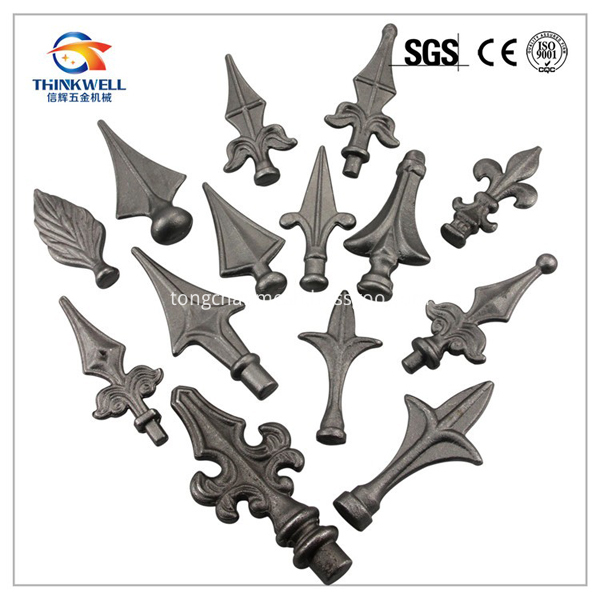
Iron Art Products
Iron Art,Golden Iron Art,Metal Iron Art,Flower Wall Art,Galvanized Iron Net
Hebei TongChan Imp.&Exp.Co., Ltd. , https://www.tongchanmesh.com

